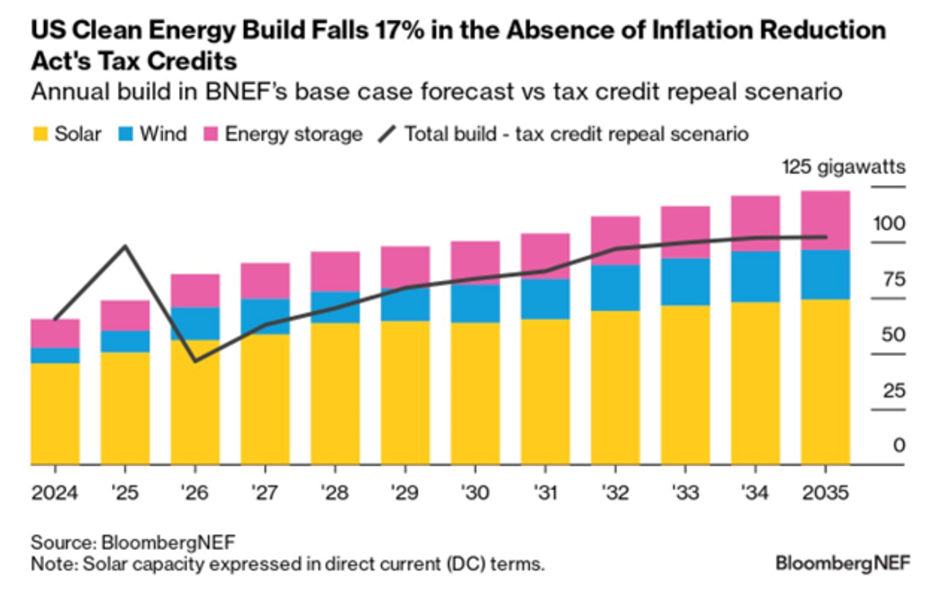What are Sustainable and Green Bonds: Debt Financing a Resilient Future
- Gabriel Thoumi

- 17 oct 2023
- 2 Min. de lectura


Bonds related to environmental and sustainability projects have recaptured the headlines. Netherlands raised $5 billion in green bond funds for flood management this week. The European Union has released new voluntary standards for companies to classify as European Union Green Bonds. India’s Bharat Petroleum is poised to issue $2.19 billion in green bonds while Morocco’s Bank Al-Maghrib just bought $200 million Euros in World Bank Sustainability Bonds.
Morgan Stanley has repeatedly noted the increasing importance of financing public projects that adapt to physical climate risks while also mitigating the associated financial risks facing private investors. Climate-change bonds are only one category of $1 trillion in bonds financing projects that undergird the sustainability transition.
But what are sustainable, green, and blue bonds? What characteristics do each have and what are the major differences between them?
Green bonds often function as a type of Use of Purpose Bond (UoP) in which proceeds
must be tracked and allocated to specific spending, and allocations must be publicly
reported (typically on an annual basis). They can be targeted to specific or multiple assets as long as they advance an environmental objective. Social bonds fund specific projects for socially disadvantaged groups in areas like healthcare and education. Sustainability bonds allow for the financing of both green and social projects.
Other types of financing such as sustainability-linked bonds, do not tie to a specific project. Instead they are eligible for any project, even those involving fossil fuels, that promises to meet a set of Sustainable Key Performance Indicators (KPIs or SPIs). Projects do not need to comply with standards at the time of funding, but rather, must promise to meet said standards within a specified time period. This approach allows a gradual incentive for companies which still have unsustainable elements embedded in their operations or supply chains. This mechanism works best when the targets are ambitious and the tracking robust.
Organizations such as the Climate Bonds Initiative and the International Capital Market Association (ICMA) offer useful frameworks for developing green bond requirements and sustainability-linked KPIs.
Some regional organizations have even adopted bodies of acceptable sustainable activities such as the European Taxonomy, but some critics claim categorizing the broad scope of ESG activities an impossible task.
Responsible Alpha’s team of international sustainability experts stand ready to help you develop rigorous metrics designed for the needs of your own organization and projects. Let’s tackle the green transition together.









Comentarios